Industrial lighting, often referred to as "mining lamps" in English, is a crucial component in the field of occupational lighting. This specialized category of lighting is designed to provide adequate illumination in environments that are often harsh, dangerous, and challenging to navigate. From mines and factories to construction sites and warehouses, industrial lighting plays a pivotal role in ensuring the safety and productivity of workers. In this article, we will delve into the world of industrial lighting, exploring its history, types, applications, and the future of this vital industry.
History of Industrial Lighting
The history of industrial lighting dates back to the early 19th century when the Industrial Revolution was in full swing. During this period, the demand for better lighting in factories and mines was skyrocketing. Initially, miners relied on candles, oil lamps, and gas lamps for illumination. However, these sources of light were not only inefficient but also posed significant safety risks.
It was not until the late 19th century that the development of electric lighting began to transform the industrial landscape. The invention of the incandescent light bulb by Thomas Edison in 1879 marked a significant milestone in the history of industrial lighting. This new technology provided a safer, more reliable, and more efficient source of light, revolutionizing the way work was done in factories and mines.
Types of Industrial Lighting
Today, industrial lighting comes in various types, each designed to cater to specific needs and environments. Some of the most common types include:
- Fluorescent Lighting: Known for its energy efficiency and long lifespan, fluorescent lighting is widely used in factories, warehouses, and office buildings.
- High-Intensity Discharge (HID) Lighting: HID lighting, which includes mercury vapor, metal halide, and high-pressure sodium lamps, is known for its high efficiency and excellent color rendering. It is commonly used in outdoor areas, such as parking lots, sports fields, and streetlights.
- LED Lighting: LED lighting is the latest innovation in the industrial lighting sector. Known for its energy efficiency, long lifespan, and versatility, LED lighting is rapidly becoming the preferred choice for many industrial applications.
- Emergency Lighting: Emergency lighting is designed to provide illumination during power outages or other emergencies. This type of lighting is essential for ensuring the safety of workers and preventing accidents in hazardous environments.
Applications of Industrial Lighting
Industrial lighting is used in a wide range of applications across various industries. Some of the most common applications include:
- Mining: In mining operations, adequate lighting is crucial for ensuring the safety of workers and the efficient extraction of minerals. Industrial lighting is used to illuminate underground tunnels, shafts, and other areas where visibility is limited.
- Manufacturing: Factories and manufacturing plants rely on industrial lighting to illuminate workstations, assembly lines, and storage areas. This type of lighting helps to improve productivity and ensure the quality of products.
- Construction: Construction sites require reliable lighting to ensure the safety of workers and the progress of projects. Industrial lighting is used to illuminate scaffolding, cranes, and other equipment, as well as to provide general illumination for the work area.
- Transportation: Industrial lighting is used in transportation applications, such as in tunnels, underpasses, and parking garages. This type of lighting helps to ensure the safety of drivers and pedestrians, as well as to improve the overall aesthetics of these areas.
Challenges and Solutions in Industrial Lighting
Despite the advancements in industrial lighting technology, there are still several challenges that need to be addressed. Some of the most common challenges include:
- Energy Efficiency: As the world moves towards more sustainable practices, the need for energy-efficient lighting solutions is more important than ever. LED lighting is one of the most promising solutions, as it consumes significantly less energy than traditional lighting sources.
- Heat Dissipation: Industrial lighting fixtures often generate a considerable amount of heat, which can be a safety hazard. Effective heat dissipation systems are essential to prevent overheating and ensure the longevity of the lighting equipment.
- Harsh Environments: Industrial environments can be challenging for lighting fixtures, as they are often exposed to dust, moisture, and extreme temperatures. Lighting manufacturers are constantly working to develop durable and reliable fixtures that can withstand these harsh conditions.
Addressing these challenges requires ongoing research and development in the field of industrial lighting. Lighting manufacturers are investing in new materials, designs, and technologies to create more efficient, durable, and reliable lighting solutions.
The Future of Industrial Lighting
The future of industrial lighting looks promising, with several emerging technologies poised to transform the industry. Some of the key trends include:
- Smart Lighting: Smart lighting systems, which use sensors and wireless communication to adjust lighting levels based on environmental conditions and human presence, are becoming increasingly popular. These systems can help to reduce energy consumption and improve the overall lighting experience.
- Customization: Lighting manufacturers are focusing on creating customized lighting solutions that cater to the specific needs of different industries and applications. This includes developing lighting fixtures with adjustable color temperatures, beam patterns, and intensity levels.
- Sustainability: As the world becomes more environmentally conscious, sustainable lighting solutions are becoming a top priority. This includes developing lighting fixtures made from recycled materials, as well as designing energy-efficient systems that minimize the environmental impact.
By embracing these trends and addressing the challenges faced by the industry, industrial lighting will continue to play a vital role in ensuring the safety, productivity, and sustainability of workplaces across the globe.
In conclusion, industrial lighting, or "mining lamps" in English, is an essential component in the world of occupational lighting. Its history, evolution, and applications have shaped the way we work and live, and its future holds even more promise. As technology continues to advance, we can expect to see even more innovative and efficient lighting solutions that will enhance the safety, productivity, and sustainability of our workplaces.

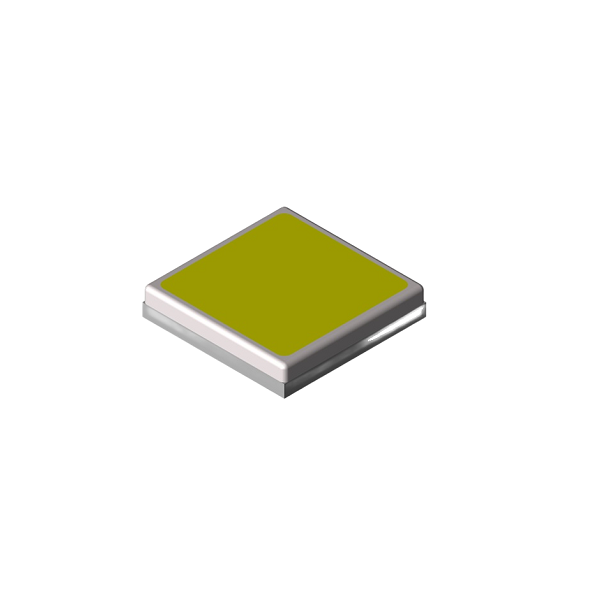
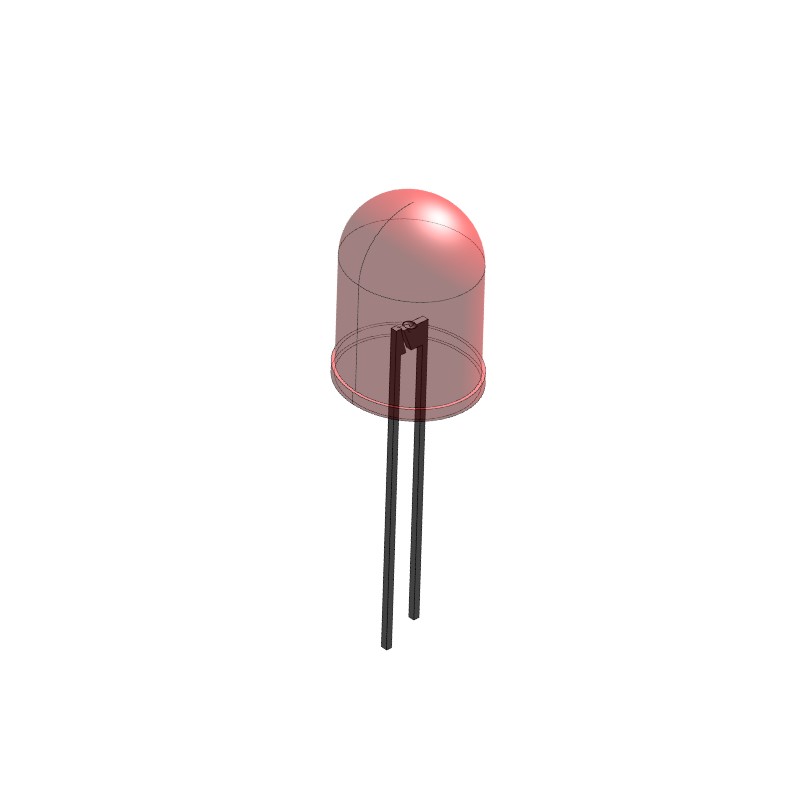
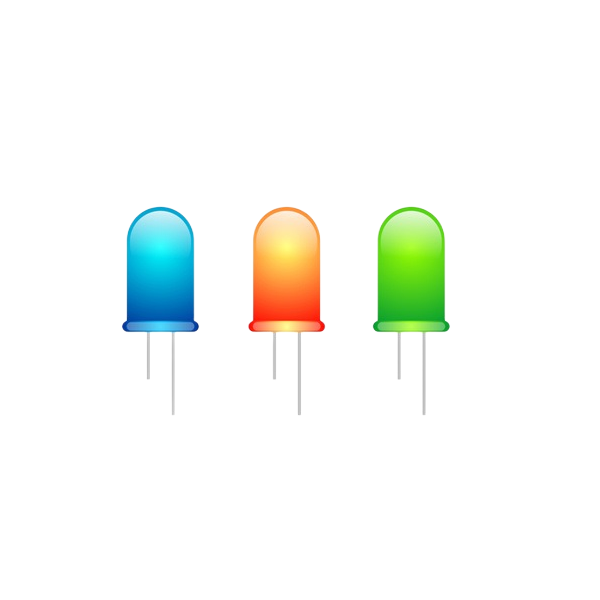
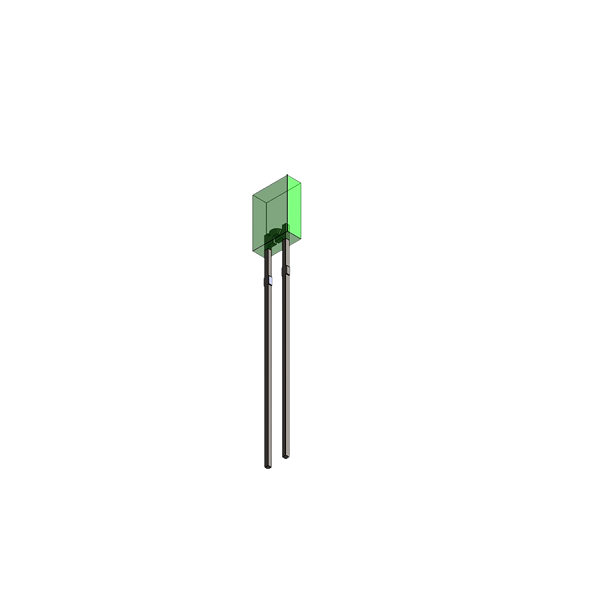


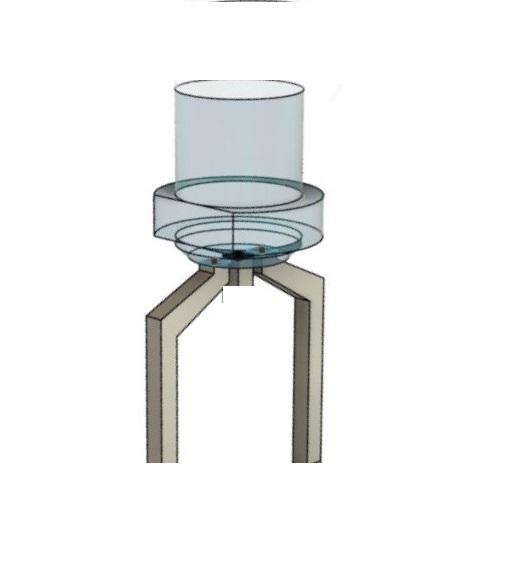
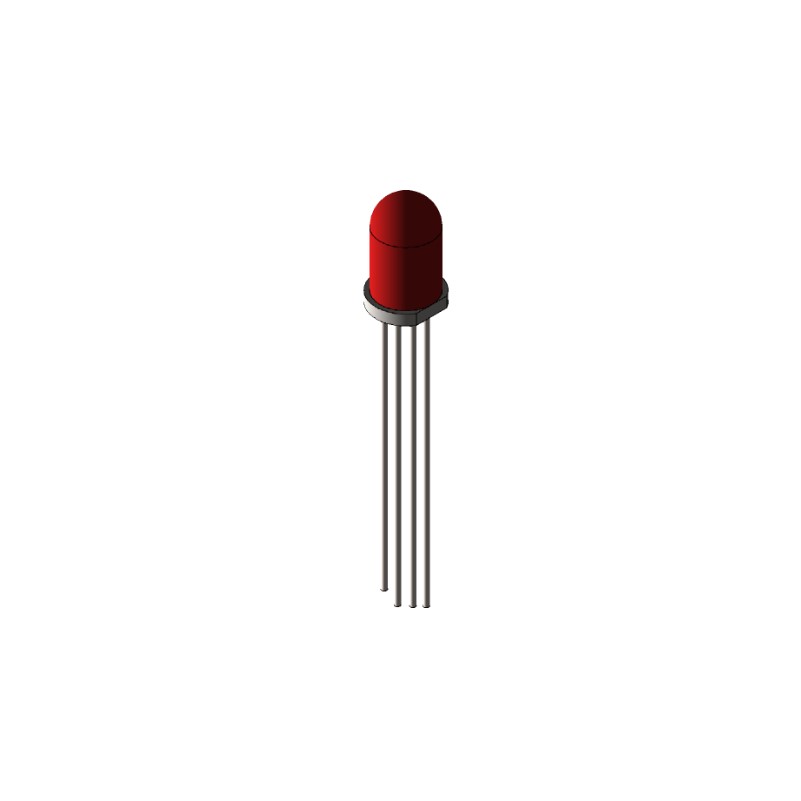
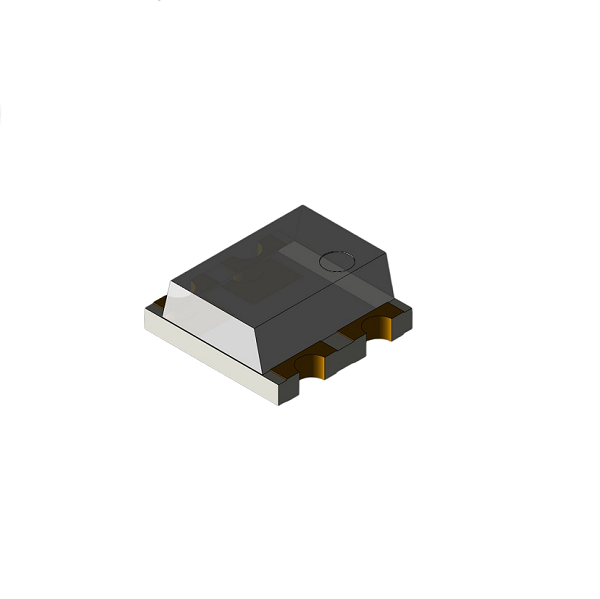

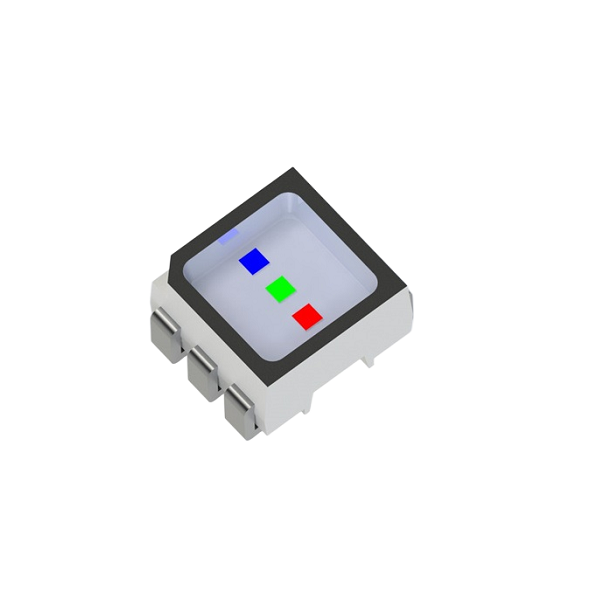


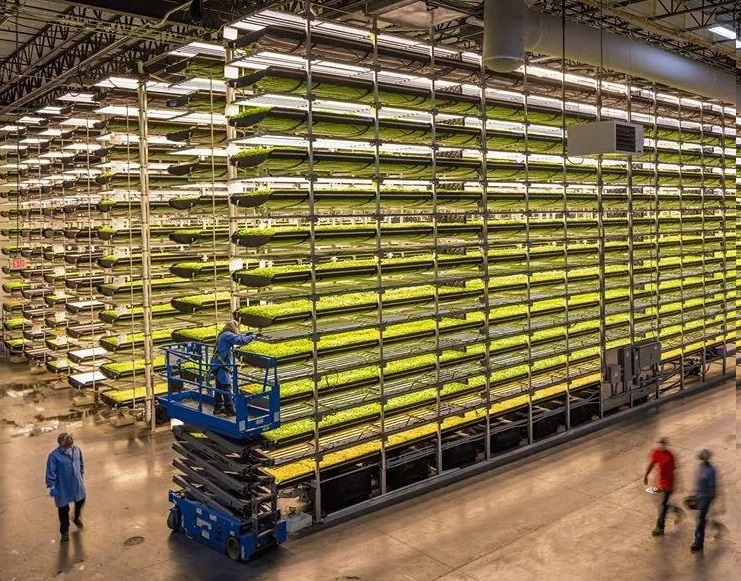

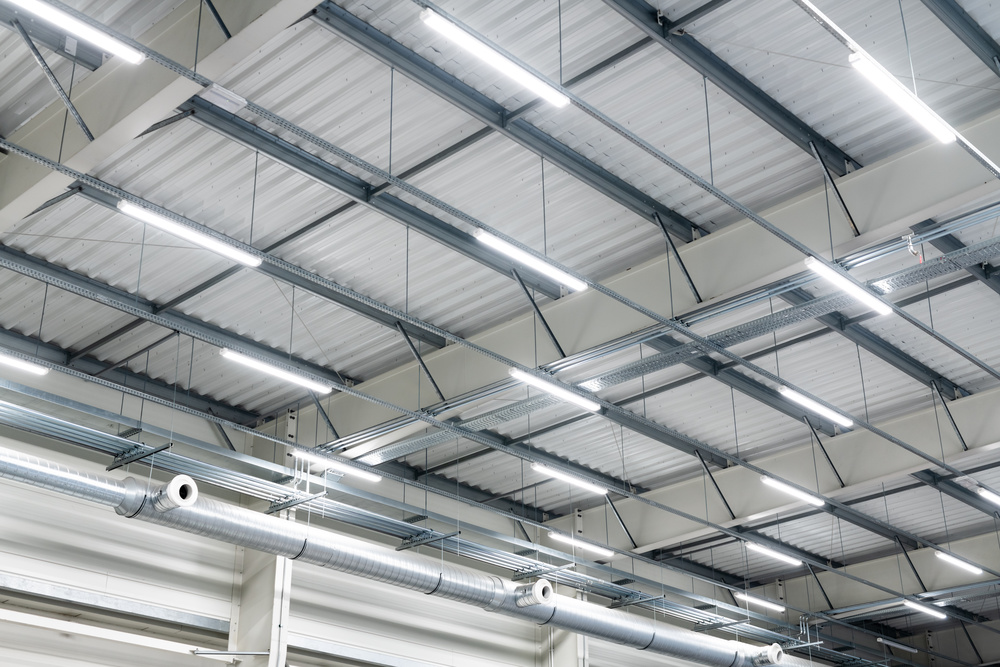
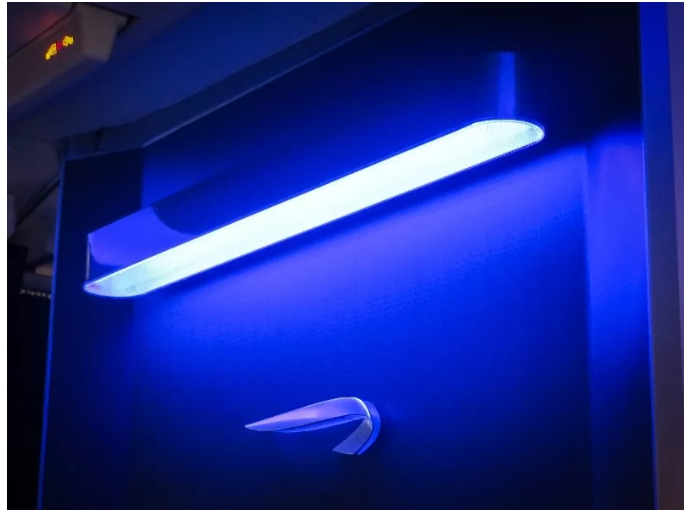
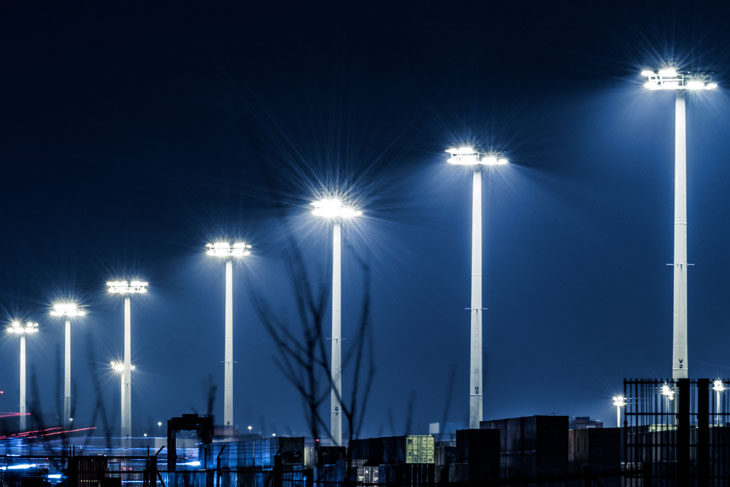


 扫一扫联系客服
扫一扫联系客服 扫一扫手机访问
扫一扫手机访问